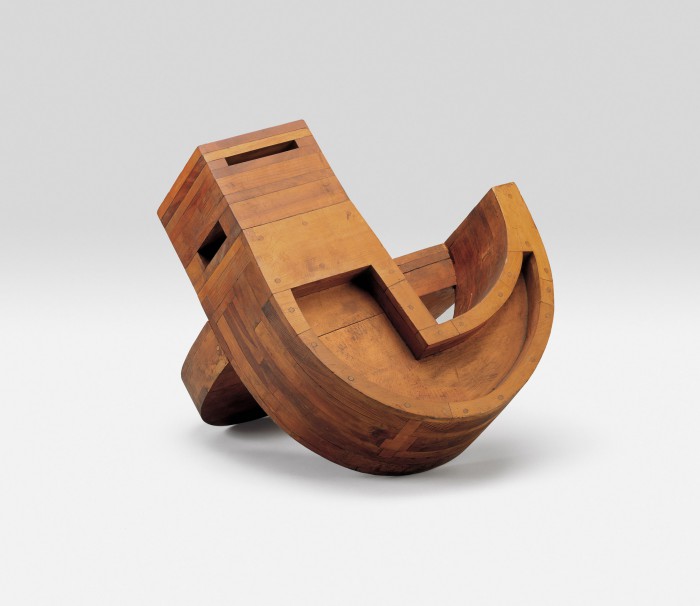Gabriel Kohn
Heteroclitus 1964-1965

Courtesy McKee Gallery, New York. Reproduction of this image, including downloading, is prohibited.
Welcome to the Anderson Collection
Stanford University's free museum of modern and contemporary American art

Courtesy McKee Gallery, New York. Reproduction of this image, including downloading, is prohibited.